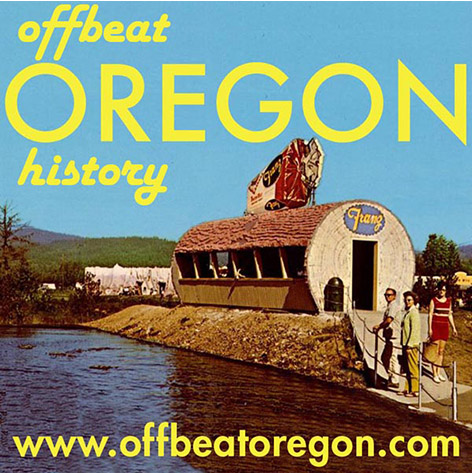CONTINUED FROM THE PRINT EDITION:
Snubbed by railroad, Prineville built its own
But the very first train to use it carried an ominous load. It brought an entire car full of automobiles — something Randall Mills, writing in the middle of the golden age of car travel, compared to “a prisoner building his own gallows.” Sure enough, within just a few years of the railroad’s construction, motor vehicles had started taking over. Prineville was left with a brand-new railroad that few were using and a half million dollars in bonded indebtedness — a lot of debt for a town whose population was still under 2,000. So the City Council passed an ordinance: All Prineville businesses had to have licenses and report the means by which freight left town. If it were shipped by any means other than the city railroad or the business’s own truck fleet, it was taxed at 10 cents a pound. Naturally, this was not popular with trucking outfits, which had gotten used to the business and hated to see it go. But their outrage fell on deaf ears. Most likely this has a good deal to do with the fact that, until a few years ago, it was very common to see Les Schwab Tire Centers trucks on Oregon roads. Les Schwab, of course, was headquartered in Prineville until the death of its founder, after which the executives moved it to Bend.
|

But while they were in Prineville, the company had to maintain its own fleet of trucks or pay that enormous tax when it sent tires to its stores. In any case, the plan worked: In 1940, the city proudly proclaimed the railroad debt-free at last. Over the subsequent decades, the railroad has had good times and bad times. Its traffic peaked in 1971, when more than 10,000 carloads (mostly of lumber from Prineville sawmills) used it. Today the line is still in operation, and it’s the oldest municipal short line in the U.S. and a source of considerable pride to Prineville residents.
|



